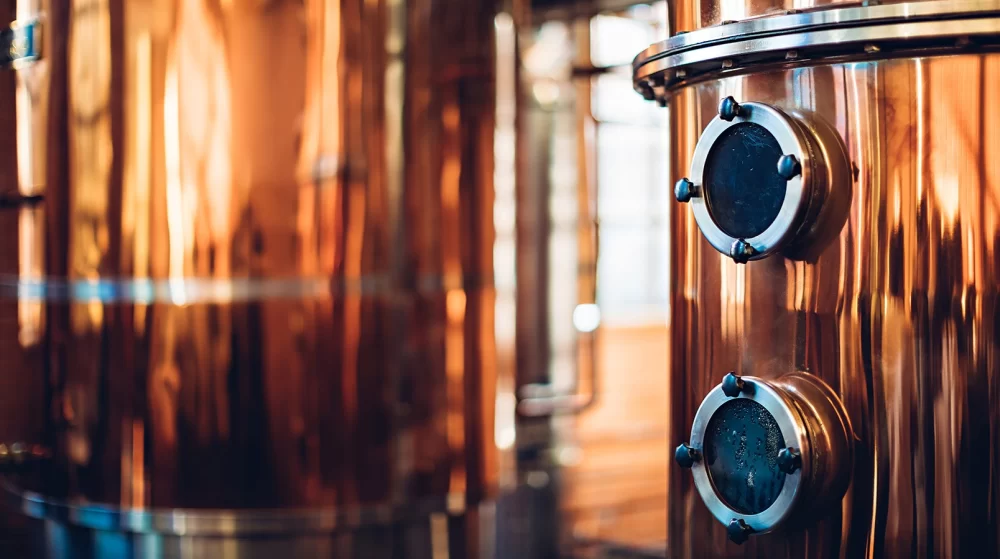

(44)
+1 212-486-21031143 2nd Ave, New York, NY 10065, USA
(63)
+1 212-757-7123408 W 55th St, New York, NY 10019, USA
(530)
+1 718-326-908066-26 Metropolitan Ave, Middle Village, NY 11379, USA
(38)
+1 718-808-9177242 Wythe Ave, enter on, N 3rd St #2, Brooklyn, NY 11249, USA
(40)
+1 212-472-86101587 2nd Ave A, New York, NY 10028, USA
(869)
+1 718-629-97798925 Avenue D, Brooklyn, NY 11236, USA







